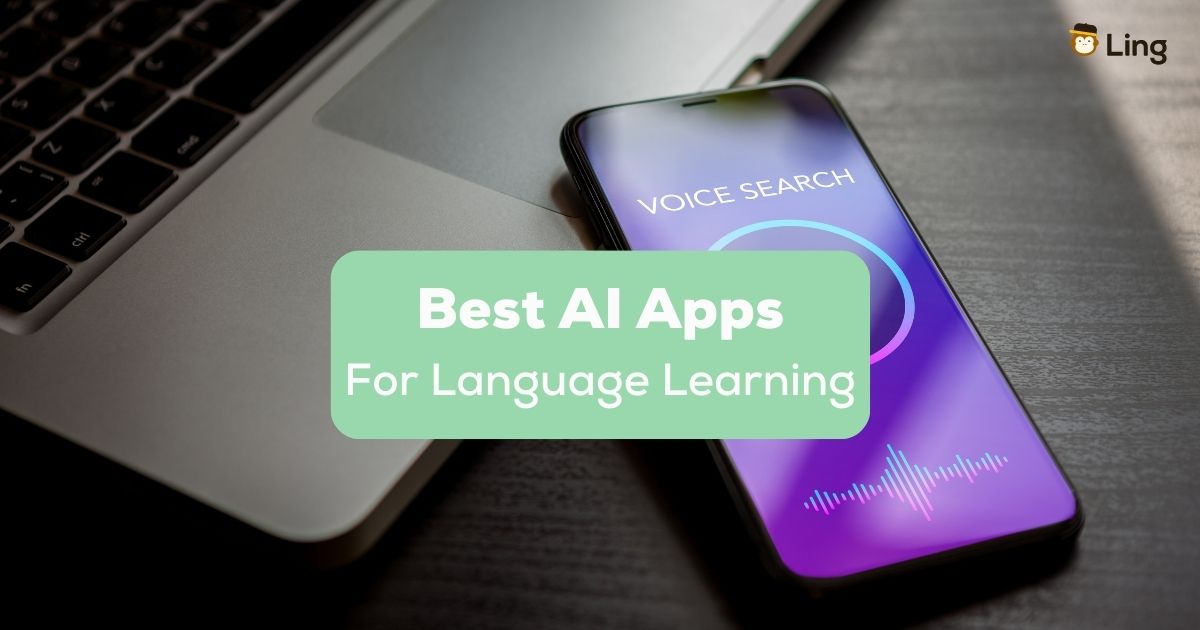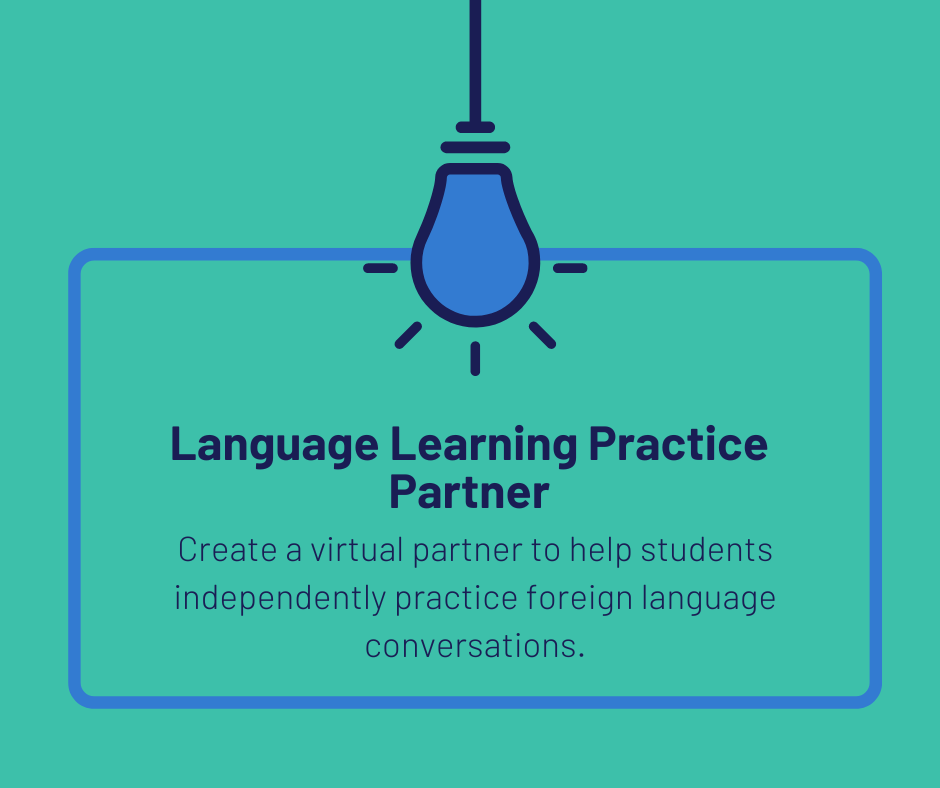How Artificial Intelligence is Revolutionizing Language Learning
The use of virtual assistants and AI-powered tools in education has opened new possibilities for learning, especially when it comes to foreign languages. AI technology is now deeply embedded in a variety of platforms and formats, allowing users to learn new languages at their own pace and in highly personalized ways.

AI Technology in Language Learning Apps
Among the most popular tools powered by Artificial Intelligence for language acquisition are dedicated learning apps, virtual assistants, and interactive chatbots. These tools are transforming the traditional learning process into a more adaptive and engaging experience.
Some of the most well-known language learning apps today—such as Duolingo, Babbel, and Memrise—utilize artificial intelligence to tailor lessons to each user’s skill level and progress. These platforms offer courses in a wide range of languages including English, French, German, Swedish, Italian, Catalan, Portuguese, and Russian.
AI in these apps analyzes user performance in real-time, adjusting the difficulty and type of exercises accordingly. This personalized learning experience helps maintain motivation and ensures more efficient progression through the language.
Specialized Language Learning Platforms

Other AI-enhanced apps like LingoDeer focus on East Asian languages, offering immersive courses in Chinese, Japanese, and Korean, while incorporating cultural insights alongside grammar and vocabulary.
One of the most comprehensive platforms is Rosetta Stone, which provides access to more than 25 languages, including less commonly taught languages such as Arabic, Tagalog (Filipino), Greek, Hebrew, Hindi, Irish, Latin, Polish, Turkish, and Vietnamese.
Outside of specialized apps, virtual AI assistants like ChatGPT or Copilot offer a flexible and dynamic way to learn languages. These tools can generate personalized study plans, answer grammar or vocabulary questions, and even offer advice on the best strategies for language acquisition.
Grammar and Pronunciation Tools
AI also powers platforms designed specifically for correcting grammar and pronunciation. Tools like Grammarly and Elsa Speak focus primarily on English learners. Grammarly offers real-time grammar and writing suggestions, while Elsa Speak uses advanced speech recognition to help users improve their pronunciation and accent.

These platforms are particularly helpful for non-native speakers who want to refine their writing or gain confidence in spoken English, showcasing how AI can assist in mastering the nuances of a new language.
Chatbots for Language Practicing
Another innovative use of AI in language education is through chatbots, such as Andy, designed for users learning English. By engaging in dialogue with the bot, learners get a chance to practice their skills in a low-pressure, interactive environment, improving fluency and confidence through repetition and contextual learning.
Integration into Everyday Devices
The evolution of AI has also led to its integration into everyday devices. For example, Samsung introduced Galaxy AI, a software that includes a real-time translation feature supporting 16 different languages, making it easier to learn, translate, and communicate in different languages directly from smartphones and tablets.

Conclusion
Artificial Intelligence is reshaping how people around the world learn languages. From personalized apps and intelligent chatbots to virtual assistants and real-time translation tools, AI makes language learning more accessible, efficient, and enjoyable. As technology continues to evolve, it’s likely we’ll see even more advanced and immersive solutions designed to help learners achieve fluency on their terms.




















